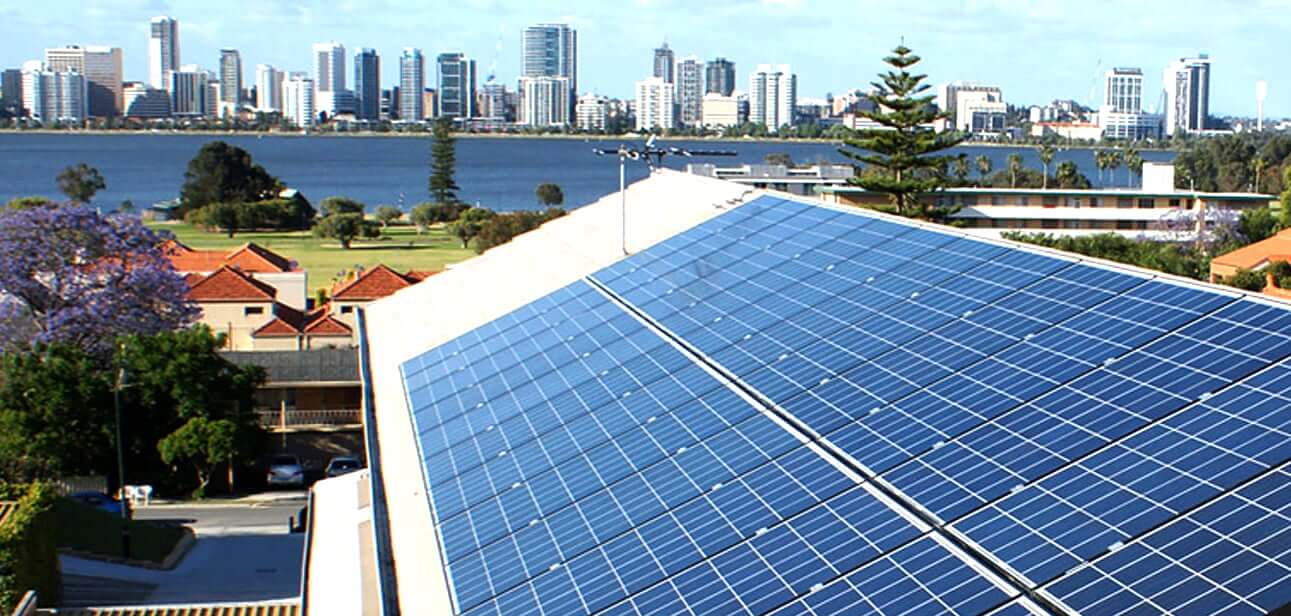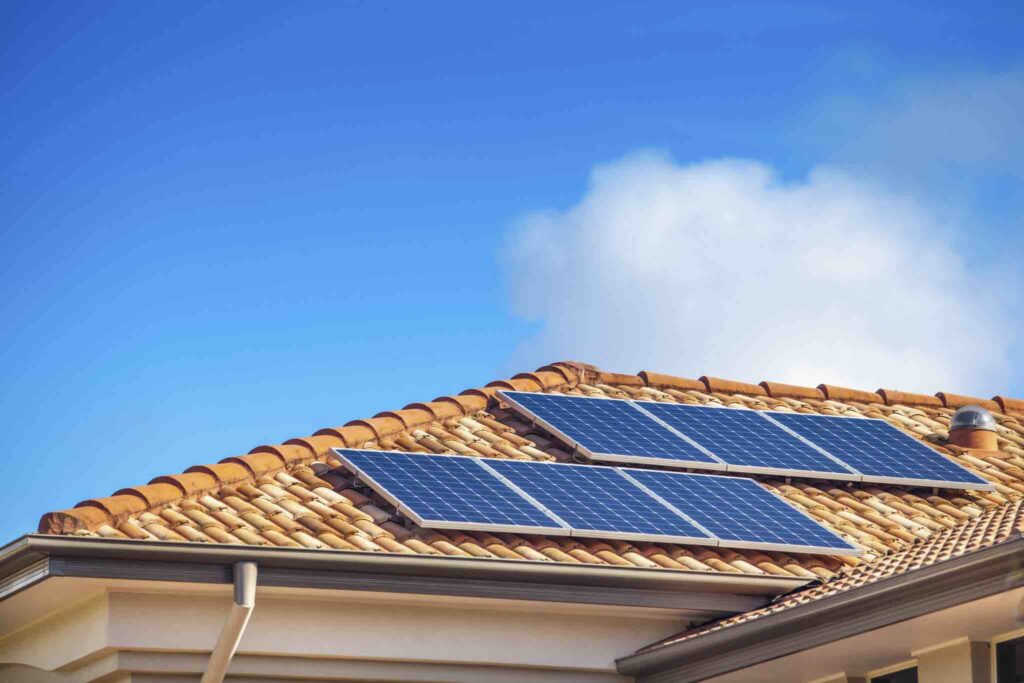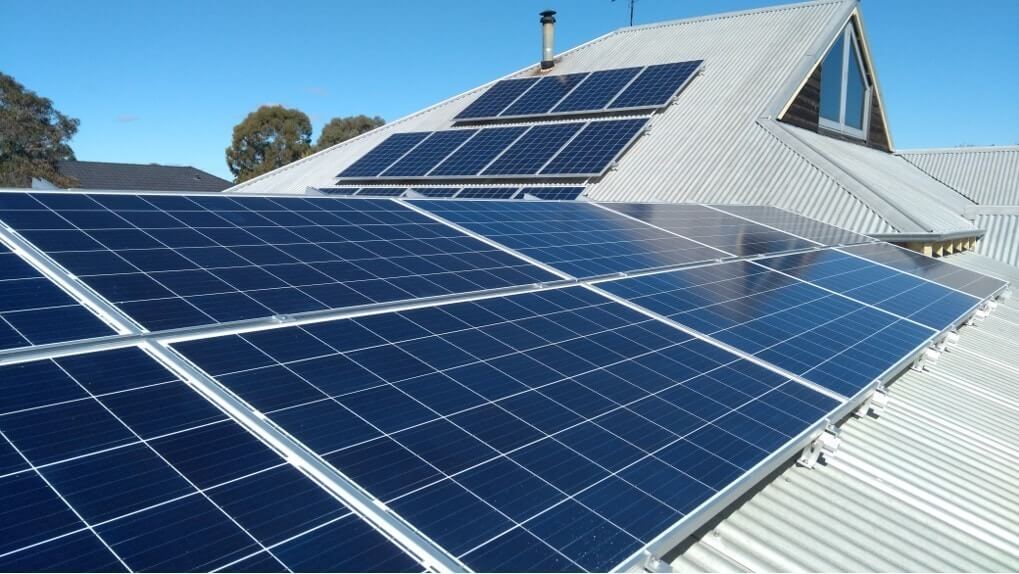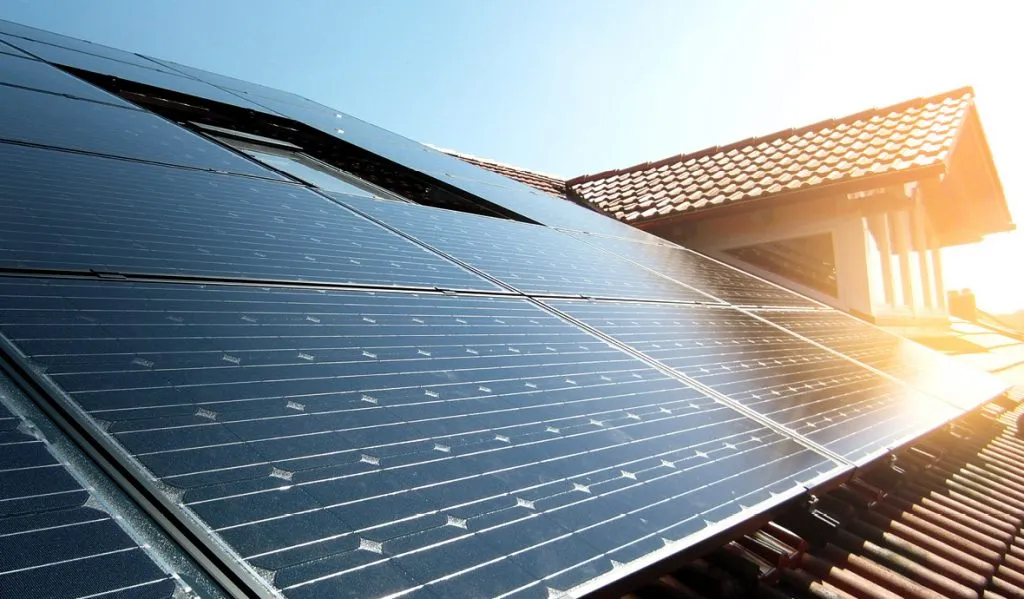Solar Rebates and Financial Incentives in Western Australia
How government rebates and feed-in tariffs can help you save on solar energy investments
- Small-Scale Technology Certificates (STCs)
- State Rebates in WA
- Feed-in Tariffs
- Rebate Pricing in 2025
- Conclusion
Table of Contents

In Western Australia, solar power has become a widely adopted solution for homeowners aiming to reduce their electricity bills and carbon footprint. With government incentives, the initial investment in solar systems has become more affordable. This article explores the available rebates, how they work, and the financial incentives for switching to solar power in Western Australia. Solar energy is not just an environmental choice, but also a financially savvy decision that can pay off in the long run.
Small-Scale Technology Certificates (STCs)
STCs are a crucial part of the federal government’s approach to encourage solar energy adoption. Homeowners can earn STCs based on the size of their solar system. This translates into a direct discount on the upfront cost of the system installation. The more efficient your system is, the more STCs you can earn. This can significantly reduce the cost of installing a solar power system.

Additionally, the federal government reviews and updates the STC value annually, so it’s essential to act sooner rather than later to take full advantage of the rebates.
State Rebates in WA
Along with federal STCs, the Western Australian government offers additional rebates. For example, the Solar Homes Program provides up to $3,000 for eligible households to install solar systems. This program helps reduce the initial financial burden for those looking to go solar. The Solar Homes Program is one of the most beneficial state rebates available to homeowners in WA, making solar power more accessible and affordable.

Feed-in Tariffs
In addition to rebates, Western Australia offers feed-in tariffs, allowing households to receive payments for excess solar power they feed back into the grid. These rates vary between 6c and 11c per kWh, depending on the retailer. Feed-in tariffs can significantly reduce electricity bills, and for households with excess solar production, they can even generate a small income.

Rebate Pricing in 2025
The average cost for a 6.6kW solar system in WA is between $4,000 and $6,000 after applying all available rebates. This price varies by location and installer, but these financial incentives make solar energy an affordable option for most homeowners. It's important to compare quotes from different installers to ensure you're getting the best deal, as costs can vary based on system size, panel efficiency, and installation complexity.

Conclusion
Solar power is a great investment for homeowners in Western Australia, especially with the combination of federal STCs and state rebates. The financial incentives make the initial cost of solar installation much more manageable, and with feed-in tariffs, homeowners can generate income by selling excess energy back to the grid. Investing in solar now can provide long-term savings on electricity bills and a smaller environmental footprint.